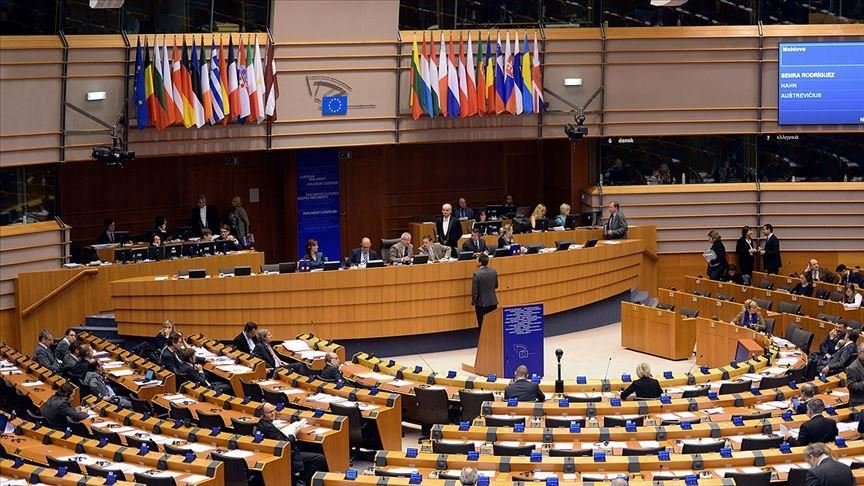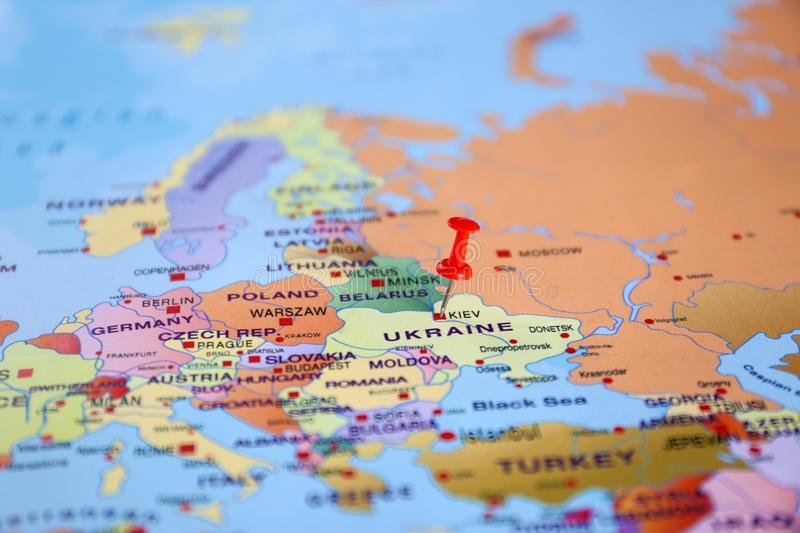Brussels, 1 February 2022 (TDI): The world is an audience to the deteriorating crisis happening within Ukraine today. The crisis first occurred in 2014 in East Ukraine and today the violence and conflict within the country only seem to increase as time passes by, only getting worse in the Spring of 2021.
As the crisis within Ukraine continues to grow, the EU (European Union) being a neighbor to the country is increasingly concerned with this situation. Thus, in line with this crisis, a tweet was posted by the EU Commission earlier today as follows:
🇺🇦🇪🇺 Ukraine is a priority partner for the European Union.
We have just adopted a proposal for new macro-financial assistance for Ukraine of up to €1.2 billion – on top of €5.6 billion already provided under five previous programmes.#EUsolidarity
— European Commission 🇪🇺 (@EU_Commission) February 1, 2022
As it is said in the tweet, the EU Commission plans to support the people of Ukraine through an enhanced macro-financial aid policy.
What is macro-finance assistance?
This is a form of aid provisioned by various members within the EU for the partner states undergoing a crisis in their balance of payment. The aid takes the shape of being a medium or long-term grant or loan or both and is specifically for those partner nations that are involved in a disbursing IMF (International Monetary Fund) initiative.
The Macro-financing aid program, however, is only given to countries that are geographically, politically, or economically close or related to the European Union in some way.
These countries would translate to those that share their borders with the European Union and are also those that are come within the European Neighbourhood Policy (ENP), and when the conditions apply, it could also at times mean certain developing countries.
Purpose behind macro-financing aid
The purpose differs for each country in terms of the circumstances of said country, however, the main aim is to assist the state in decreasing the level of threats posed by serious balance of payments problems.
It aims to assist the country in its financial crisis, this aid program also helps with economic adjustments as well as structural reforms. The funds from the aid program go directly into the receiving country’s central bank and the bank is free to use these funds wherever it deems fit.
However, it is important to note that this program of assistance differs from other forms of macro-economic assistance programs such as the Pre-accession, the European Neighborhood and Partnership Instrument, and the European Development Fund. This program, unlike the rest, does not promise economic and social help on regular basis.
Conditions of the macro-financial aid program
The conditions to avail such assistance are straightforward. The countries need to have the following traits:
- Respect towards human rights
- An effective mechanism and structure of democratic institutions
- Have a multi-parliamentary institution and system
- There should also be an effective state law that should be followed
- A good track record with the IMF in terms of the implementation of its programs
The funds given through this initiative are strictly for the purpose of financial stability within the receiving country. The conditions that are attached to this aid program include focusing on financial management, improving the environment for business, reform for the financial sector, enterprise restructuring, and fiscal reforms.
The full breadth of these conditions is given within the Memorandum of Understanding which is signed both by the European Union as well as the receiving country.
Significant decision-makers of this grant
When this grant is given it is decided by the European Union’s Ordinary Legislative Procedure; there needs to be approval from both the EU Council as well as the Parliament.

Beneficiaries of the micro-financing aid program
The beneficiary countries are Ukraine, Jordan, Kosovo, North Macedonia, Georgia, Albania, Tunisia, and Bosnia-Herzegovina.








